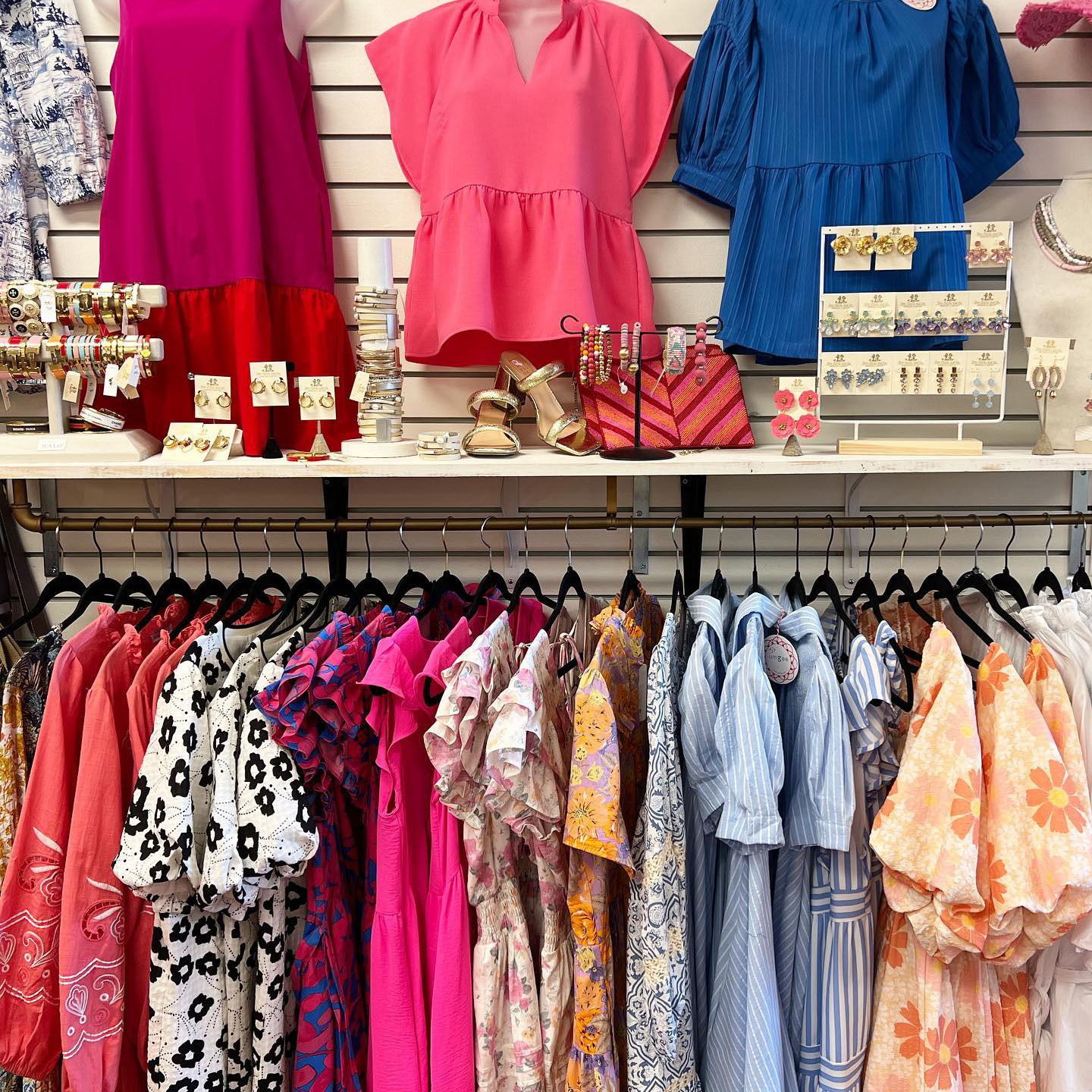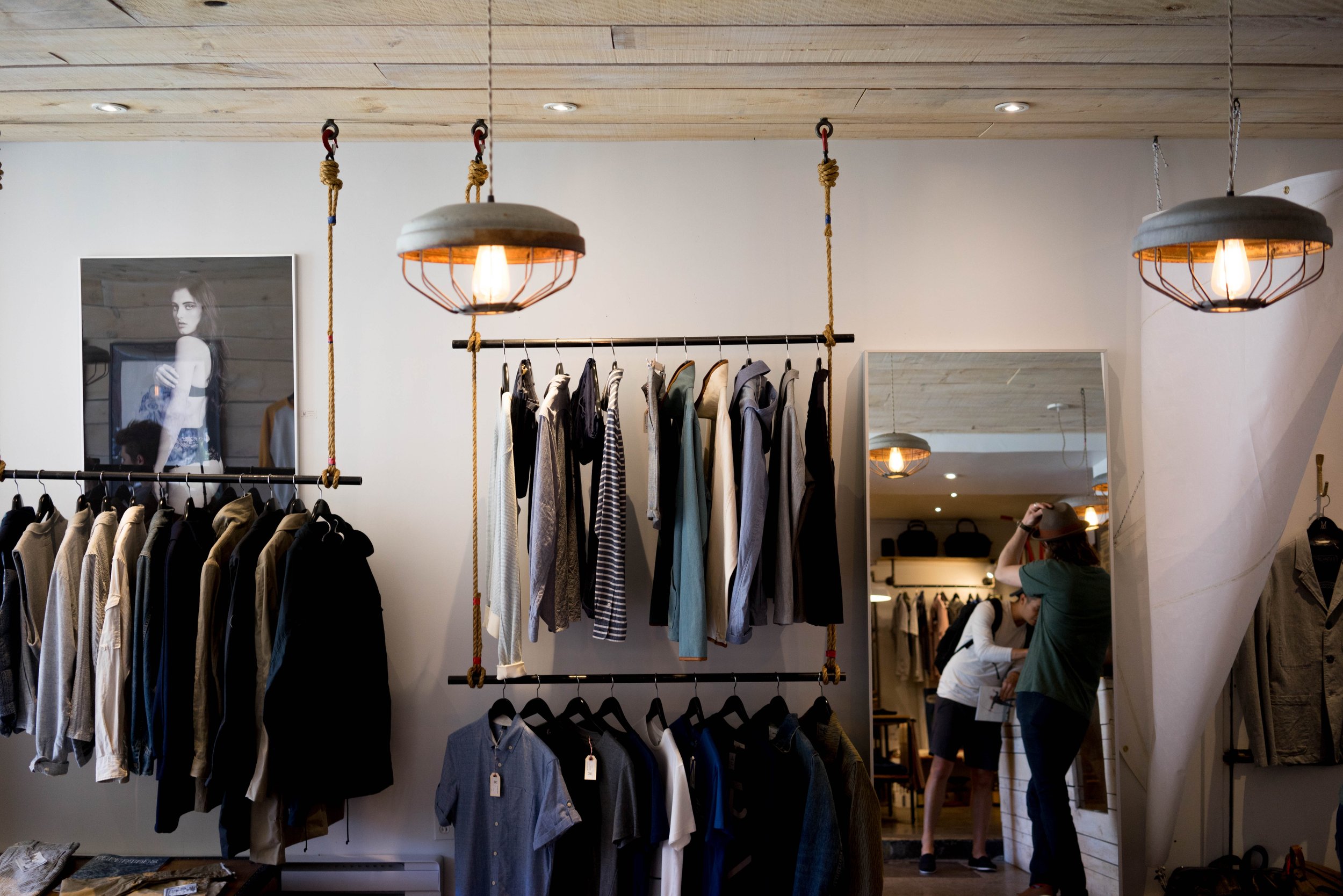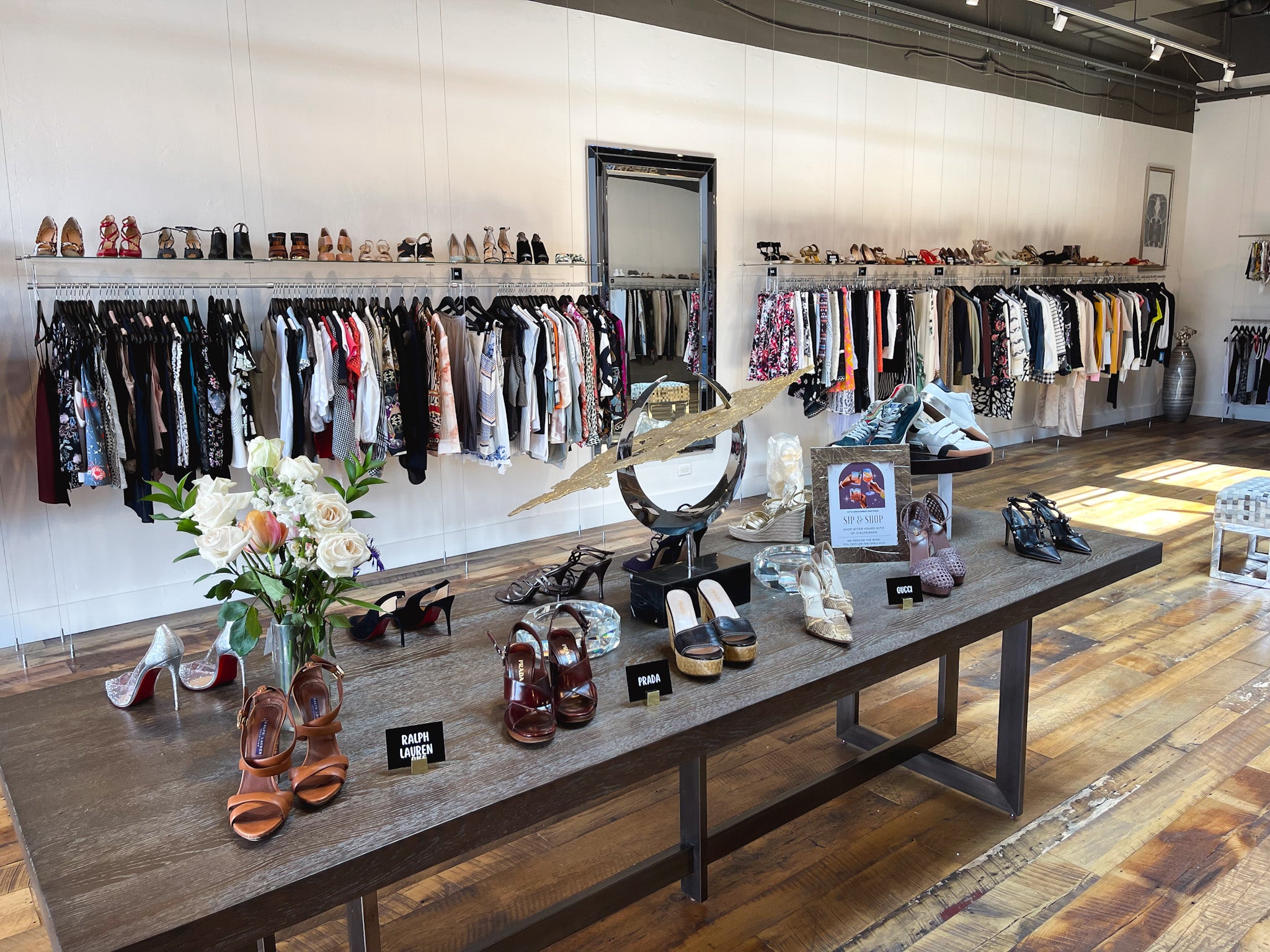Discover the Latest Trends in Boutique Fashion for each Period
Discover the Latest Trends in Boutique Fashion for each Period
Blog Article
Exploring the Development and Influence of Clothes on Modern Style Trends
The advancement of clothes has actually significantly influenced modern-day style fads, merging historical precedents with cutting-edge advancements. Legendary figures like Coco Chanel and Yves Saint Laurent reinvented the garment industry by introducing ideas that focus on comfort and ease of access, which remain to resonate today. On the other hand, technological strides in locations such as 3D printing and clever fabrics are redefining layout opportunities and customer experiences. Additionally, the expanding focus on inclusivity and sustainability is reshaping industry standards. As we consider these multifaceted impacts, one need to wonder about just how these components jointly redefine style's function in showing and forming contemporary culture.
Historical Style Influencers
In the tapestry of style history, particular figures have actually left an indelible mark, forming the trends and designs that define entire eras. Coco Chanel, a cutting edge designer, redefined females's fashion by presenting comfortable, stylish clothing that departed from limiting corsets.
Elsa Schiaparelli is one more crucial figure, renowned for her avant-garde layouts that integrated surrealist art, teaming up with Salvador Dalí to create whimsical items that challenged traditional aesthetic appeals. Her cutting-edge usage of color and strong patterns resounds in contemporary fashion. Yves Saint Laurent, at the same time, democratized high fashion with prêt-à-porter collections, bringing path designs to the masses and setting a criterion for modern ready-to-wear lines.
These visionaries, amongst others, not only revolutionized style in their times but likewise set enduring patterns that reverberate in today's style sector, offering a structure whereupon modern designers continue to develop and introduce. Their heritages highlight the value of creative thinking and bold in vogue's ever-evolving narrative.
Technological Developments in vogue
In the middle of the vibrant landscape of the garment industry, technological improvements stand at the center of technology, improving exactly how designers develop and customers involve with fashion. The combination of 3D printing has actually reinvented layout procedures, allowing designers to explore intricate frameworks and lasting materials that were previously inconceivable. This technology facilitates rapid prototyping, reducing waste and speeding up production times.

Smart fabrics, installing innovation right into fabrics, are likewise changing the market. Innovations like temperature-regulating and self-cleaning materials supply improved performance and comfort. Wearable innovation, including features like health and fitness tracking and communication, adds a brand-new dimension to style, merging looks with functionality.
Cultural Shifts and Design
As technological improvements remain to improve the fashion business, social changes are just as influential, redefining style and consumer preferences. Over the last few years, the surge of social media platforms has actually accelerated the dissemination of global style fads, permitting varied cultural impacts to coexist and converge. This electronic interconnectivity has actually promoted the quick exchange of concepts, causing a much more eclectic and inclusive analysis of style that reflects the multifaceted nature of modern-day culture.
Social awareness and admiration have actually motivated developers to draw inspiration from a broader range of ethnic and historic contexts, integrating standard themes with contemporary appearances. This combination has resulted in style that resonates with a wider target market, advertising a sense of identification and belonging why not try these out across different demographics. In addition, the enhancing need for personalization has actually driven brands to offer personalized options, making it possible for consumers to express originality while showing their social heritage.
Additionally, shifting social values have actually influenced style, with inclusivity and variety ending up being main styles. The industry has started to accept versions and influencers of different type of body, ethnic cultures, and sex identities, difficult conventional appeal standards. This improvement underscores the power of social changes in forming the future of fashion, as style comes to be a more genuine expression of individual and collective identity.
Sustainability and Modern Style
While the style sector continues to develop, the crucial for sustainability has come to be significantly urgent, influencing modern-day design methods. The surge of slow-moving fashion, which emphasizes quality over amount, encourages customers to spend in ageless items rather than short-term trends.
Moreover, contemporary layout is defined by its development in minimizing waste and advertising circularity. This method not just alleviates environmental influence however also improves the social responsibility of style houses.

Future Trends in vogue

Sustainability will proceed to be a driving pressure in forming future fashion fads. The market is increasingly embracing environment-friendly materials and moral production approaches, reacting to an expanding customer demand for accountable techniques. Advancements such as bio-fabricated materials and closed-loop recycling systems are readied to redefine exactly how why not look here clothing is created and eaten, minimizing ecological effect while keeping style and top quality.
Cultural shifts, including the increase of inclusivity and diversity, will certainly also play an essential role. As society comes to be more knowledgeable about social issues, fashion is anticipated to come to be a platform for expression and modification. Designers will likely focus on creating collections that mirror a broader variety of identifications and experiences, championing representation and access.
Conclusion
The development of apparel considerably affects contemporary style fads, where historical influences merge with contemporary styles. Trick numbers like Coco Chanel and Yves Saint Laurent have redefined style, while technological advancements such as 3D printing and clever fabrics expand innovative opportunities. Social changes towards inclusivity and sustainability compel brands to embrace honest methods and welcome variety. This ongoing development highlights style's function as a mirror to social worths and technical innovation, recommending a future abundant with technology and inclusivity.
The evolution of apparel has actually substantially influenced modern fashion fads, combining historical precedents with sophisticated technologies.Among the dynamic landscape of see the fashion sector, technical improvements stand at the leading edge of development, improving exactly how designers develop and customers engage with style.While the fashion industry proceeds to progress, the essential for sustainability has actually ended up being increasingly immediate, influencing modern style practices. As sustainability comes to be embedded in modern style, it paves the means for a more conscious and responsible fashion industry.
The development of clothes dramatically affects modern fashion fads, where historical impacts merge with modern designs.
Report this page